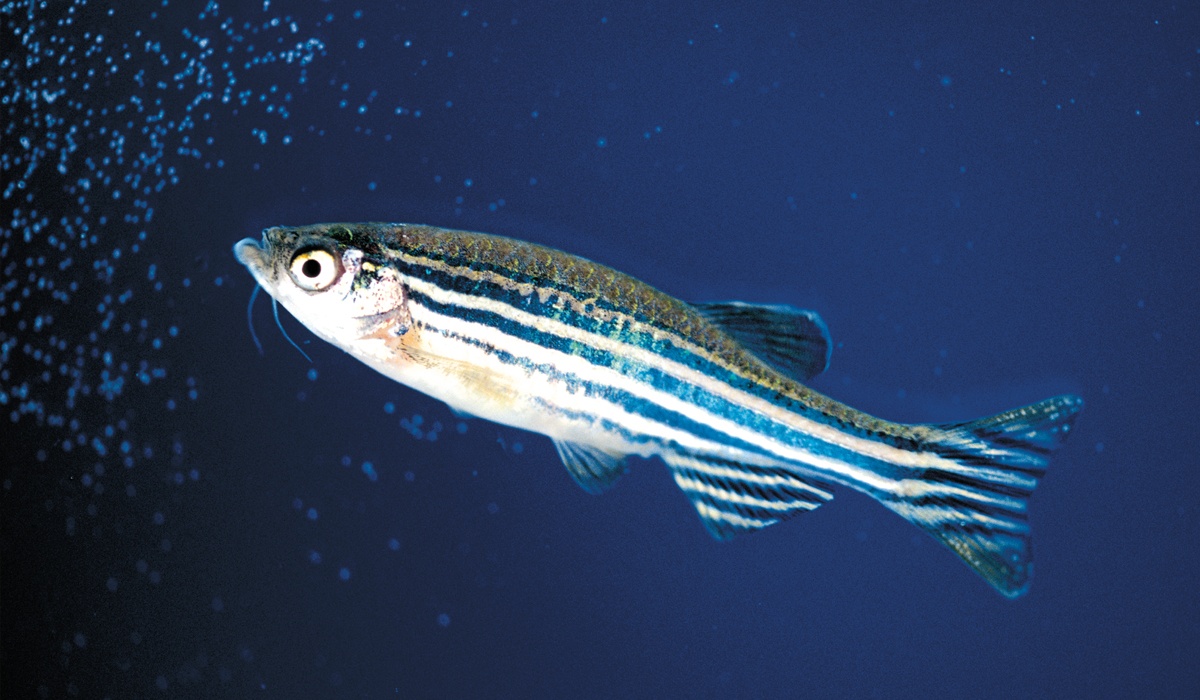

Nonetheless, zebrafish possess metabolic characteristics similar to humans to complement data obtained from other model organisms, including rodents.

However, all animal models have unique shortcomings, are the zebrafish model is no exception: first, zebrafish are poikilothermal animals living under water. Zebrafish is a fascinating animal model for understanding the human pathogenesis of metabolic diseases and identifying potential therapeutic options 21. However, factors inherently different from those in humans, such as dietary requirements, lifestyle, and microbiomes, have called for alternative animal model systems to be utilized in parallel 21. For the past several decades, mice have been the leading experimental animal model in the field of biomedical research due to powerful genetic tools, amenable diagnostic parameters that are comparable to those in humans, and standardized protocols for developing, diagnosing, and treating metabolic syndromes. The necessity of a model organism to recapitulate metabolic symptoms and associated disease development in humans has led to the exploitation of several animal species, among which rodents have been widely employed. These advantages allow live imaging of cells and tracking of cellular dynamics in vivo to study the underlying molecular mechanisms of various developing organs. Recent improvement of the Tol2-based transgenic system in zebrafish 18 has allowed the control of gene expression in a spatiotemporal manner by coupling with regulatory elements such as GAL4/UAS or Cre/LoxP 19, 20. In addition, the use of tissue-specific transgenic animals can be easily generated under the control of various selected gene promoters. These include hundreds of embryos in a single clutch and optical clarity of the developing embryo, which allows live imaging at the organism level 16, 17. Recent advancements in next-generation sequencing (NGS) coupled with the demand for personalized medicine has further driven zebrafish uses in identifying causal relationships between the genotype and phenotype of various human diseases.Īdditionally, zebrafish possess several advantages over rodent models in the study of vertebrate development and disease. Furthermore, the high level of genome structure shared between zebrafish and humans (~70% of human genes have at least one obvious zebrafish ortholog, compared to 80% of human genes with mouse orthologs) 14, 15 has facilitated the use of zebrafish for understanding human genetic diseases. CRISPR/Cas9 utilizes an efficient reverse genetic approach to provide knockout animals for zebrafish researchers 13.

Since the increase in resolution of the zebrafish genome map, advanced gene-targeting technologies involving ZFNs, TALENs, and CRISPR/Cas9 6, 7, 8, 9, 10, 11, 12, have overcome challenges in generating specific gene-knockout mutations. However, later positional cloning of each ENU mutation after a forward genetic screen was time-consuming and laborious 5. Further phenotypic characterization of these ENU mutations in most of the major organ systems was performed 4. Large-scale N-ethyl-N-nitrosourea (ENU) mutagenesis was conducted in combination with extensive phenotypic screening 2, 3. For use in genetic studies as an animal model, zebrafish was initially introduced by Streisinger and colleagues 1 in the early 1980s.


 0 kommentar(er)
0 kommentar(er)
